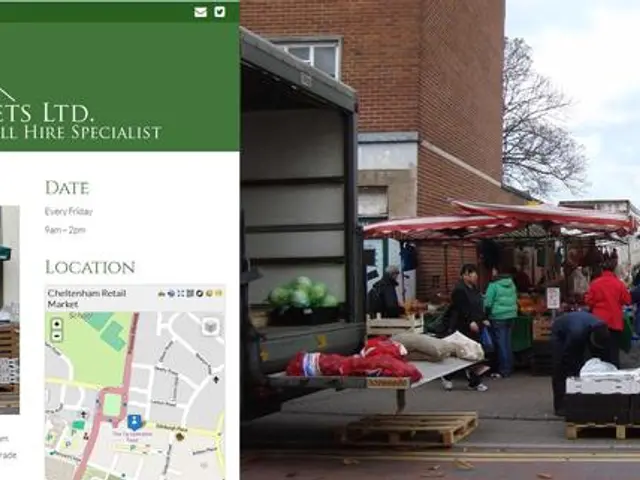EU Outlines VAT in the Digital Age (ViDA) Implementation Strategy
The European Commission has outlined its strategy for implementing the VAT in the Digital Age (ViDA) reforms. The plan, published recently, aims to modernise VAT systems across the EU and tackle tax fraud in the digital era.
The Commission has proposed a step-by-step approach, with key milestones set for the coming years. Single VAT Registration (SVR) measures will commence on 1 January 2027, with further extensions planned for 2028. Guidance and explanatory notes will be provided to ensure consistent application of ViDA rules across member states.
The most significant changes include mandatory e-invoicing and real-time digital reporting (DRR) for intra-EU B2B transactions, set to apply from 1 July 2030. New platform VAT rules for accommodation and transport services will follow, with a target date of 1 July 2028, or 1 January 2030 for member states opting for a delay. By 1 January 2035, member states must align their domestic digital reporting systems with EU-wide DRR standards.
The ViDA implementation strategy, adopted on 11 March 2025 and effective since 14 April 2025, is set to transform VAT systems across the EU. With clear milestones and enforcement mechanisms, the Commission aims to create a fair and efficient VAT system for the digital age. Businesses and citizens can expect communication plans to launch 6-9 months before each main milestone.
Read also:
- Max Planck Scientists Advance Quantum Computers with Less External Control
- Sunrise New Energy Secures Korean Patent for Revolutionary Graphite Anode Tech
- Gold Price Surges to IDR 2,234,000 as Investors Seek Safe Haven
- Amazon Unveils New Kindle Scribe with AI, Color Screen, and More Echo, Fire TV Devices








